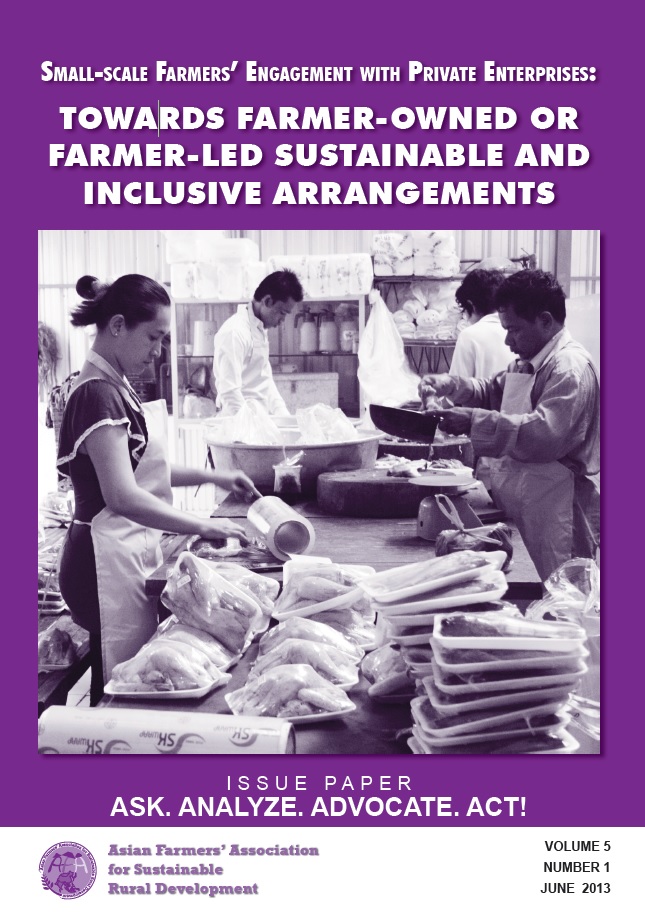Logistics Development and Trade Facilitation in Lao PDR
This report is part of a strategy to
promotes trade competitiveness within the East Asia and
Pacific Region. It presents an overview of the logistics
issues facing East Asia countries and proposes a development
agenda for them. Based on the recognition that the
countries have basic differences in their level of
development, extent of openness, and composition of trade,
it begins by discussing the benefits of improved logistics.





